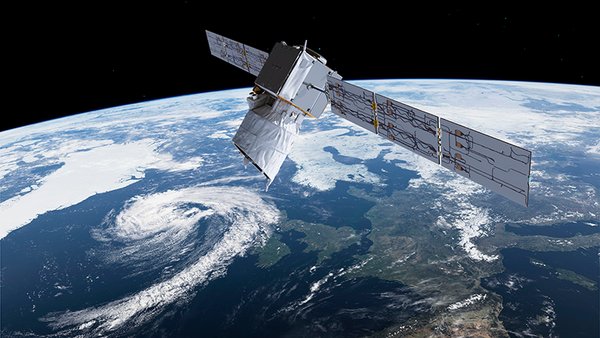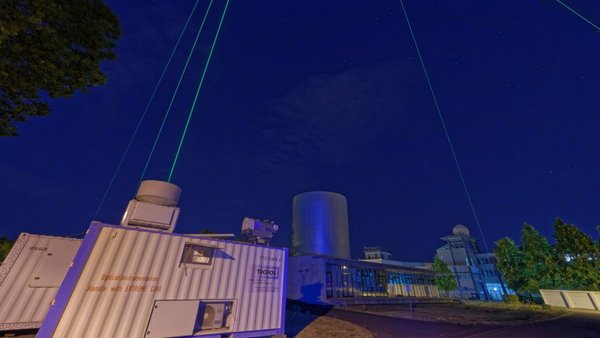ADM Aeolus – Measuring the wind from space with a laser for the first time
Bonn,
21.08.2018
European Earth observation satellite to launch on 22 August 2018.
Press release by the German Aerospace Center (DLR)
For anyone who watches TV weather reports, the satellite images of cloud formations and winds that play such a crucial role in our weather will be a familiar sight. No direct information about winds has been collected until now, but that is set to change with the advent of Aeolus. This European Space Agency (ESA) mission will generate vertical wind profiles by 2021 using an innovative, high-performance laser system, thus enabling the highly accurate, real-time measurement of global wind fields in the atmosphere for the first time. Scientists and meteorologists can use this data to extract high-resolution information to better understand our weather systems and climate. The 1.4-tonne Earth observation satellite will be launched from the European spaceport in French Guiana on 22 August 2018 at 23:20 CEST (18:20 local time in Kourou) on board a European Vega launcher, and will orbit Earth at an altitude of 320 kilometres.
Read more at DLR:
https://www.dlr.de/dlr/en/desktopdefault.aspx/tabid-10081/151_read-29424/#/gallery/31721


